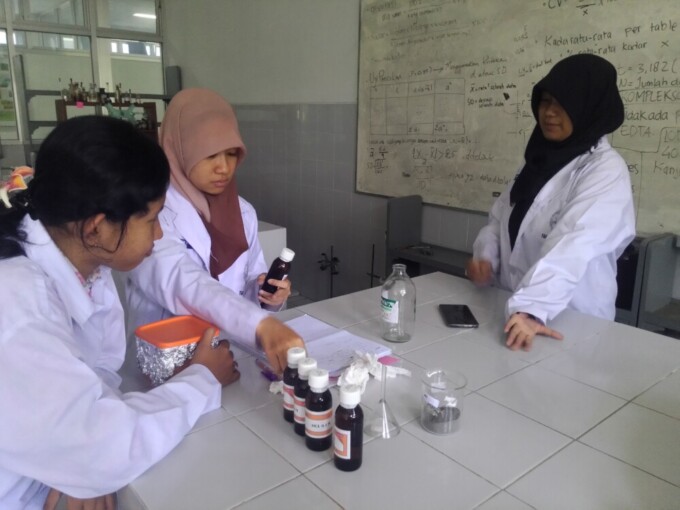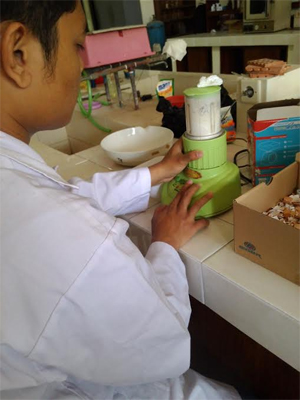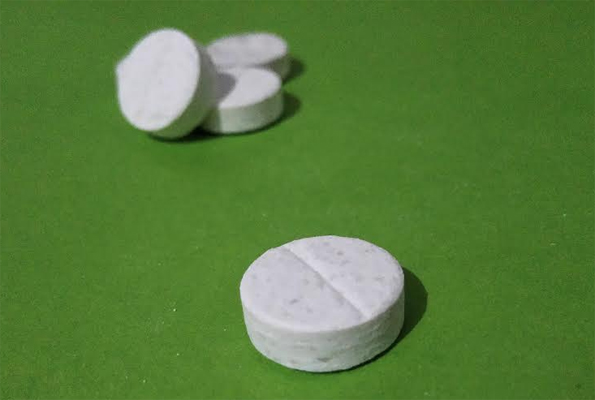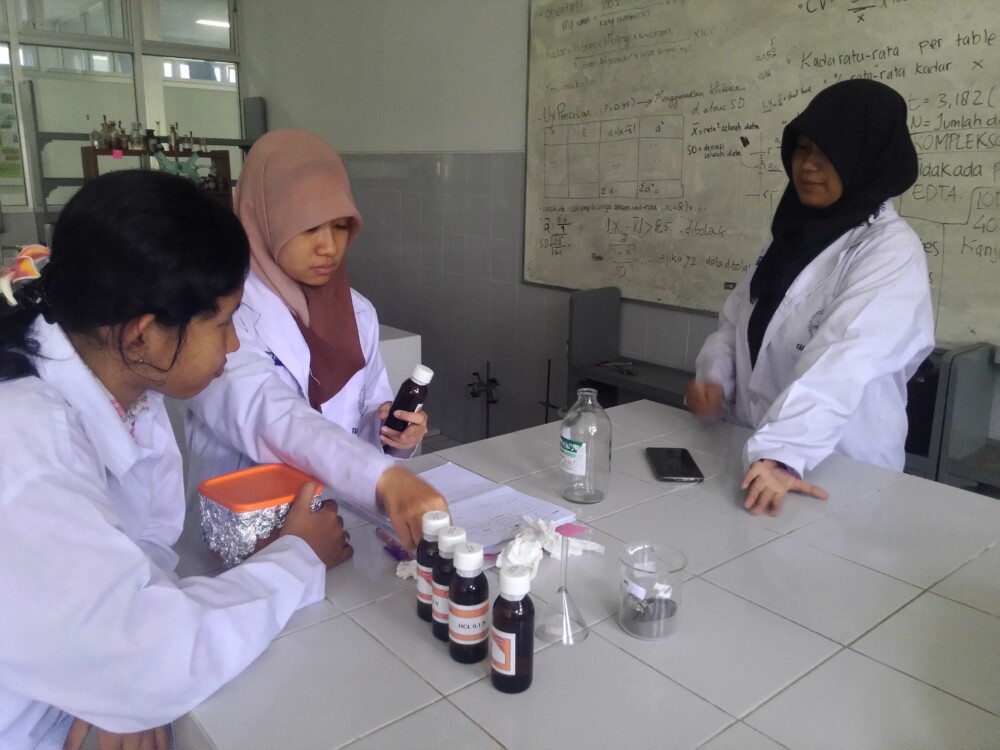Did you know that egg shells can be made into medicines? At the hands of five UGM students, the shell is made into gastritis drug.
They are Izzaturrohmah K A and Dika Sotyasakti (Pharmacy), Rosalia Fransisca I (Biology), Sheila Meirizkam(Economics and Business), and Bustomi Laimeheriwa (Agricultural Technology). They develop antacids for mucosa neutraliser in the Student Creativity Programme for Research at UGM.
Izza mentioned the egg shells contain calcium carbonate which is calcium salt exisiting in lime, stone lime, marble, or the main componen Dika Sotyasakti t of egg shell.
“Egg shells contain high amount of calcium carbonaet or 97 percent,” she explained on Friday (20/5) at Faculty of Pharmacy UGM.
Calcium carbonat is normally used as antacids as it can neutralise mucosa.
“We make use of waste egg shell as they are abundant and have high level of calcium carbonate,” she said.
The shells are separated from the outer skin. This is later extracted to get the calcium carbonate, made into powder then fast dissolve tablet (FDT).
Dika explained FDT is easy to dissolve after being swallowed. Different from suspense, effervescent, or chewing tablet that cause foreign contact with the tongue, the FDT does not. It takes usually longer for antacid tablets to heal the pain.
“Tablet for peptic ulcer usually takes more time to neutralise the mucosa as it needs to be chewed first,” she said.
Simulation test of mucosa showed that the FDT can neutralise the mucosa by increasing the pH acid to base in only six minutes. The base condition will remain over 30 minutes so the person evades from pain if there is too much mucosa in the abdomen.
The research done by the students showed the potential for waste egg shell as antacids. Thus, they expected further reseraches to be done to know the efficacy on humans.





